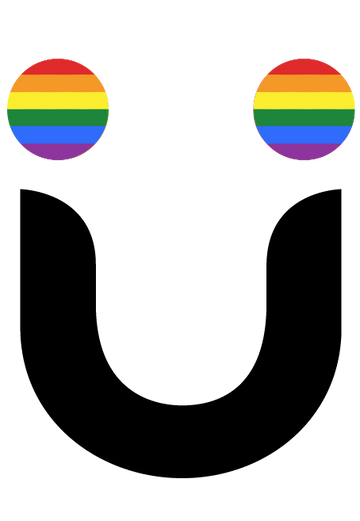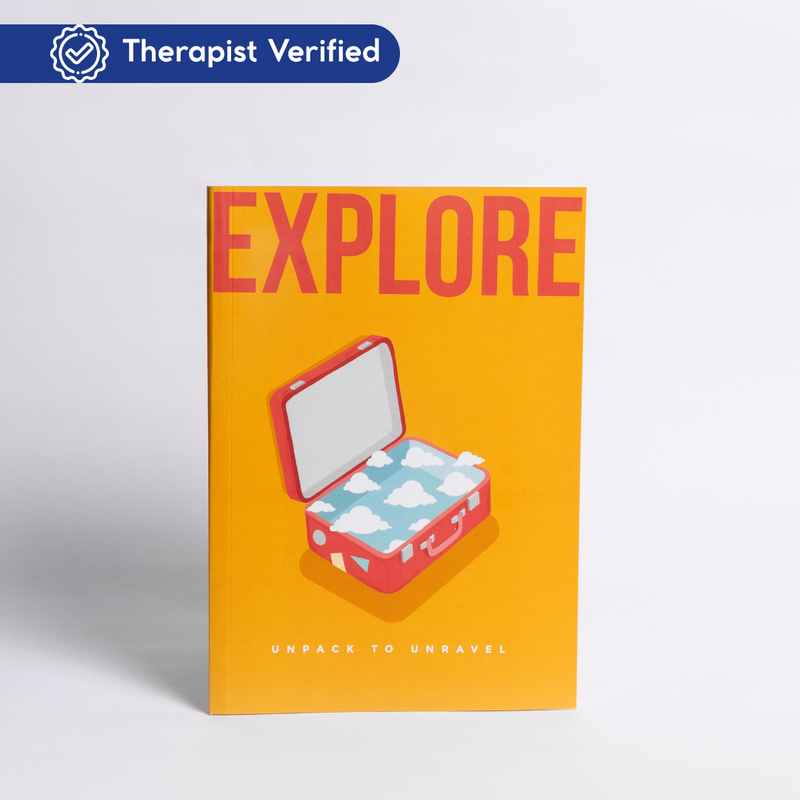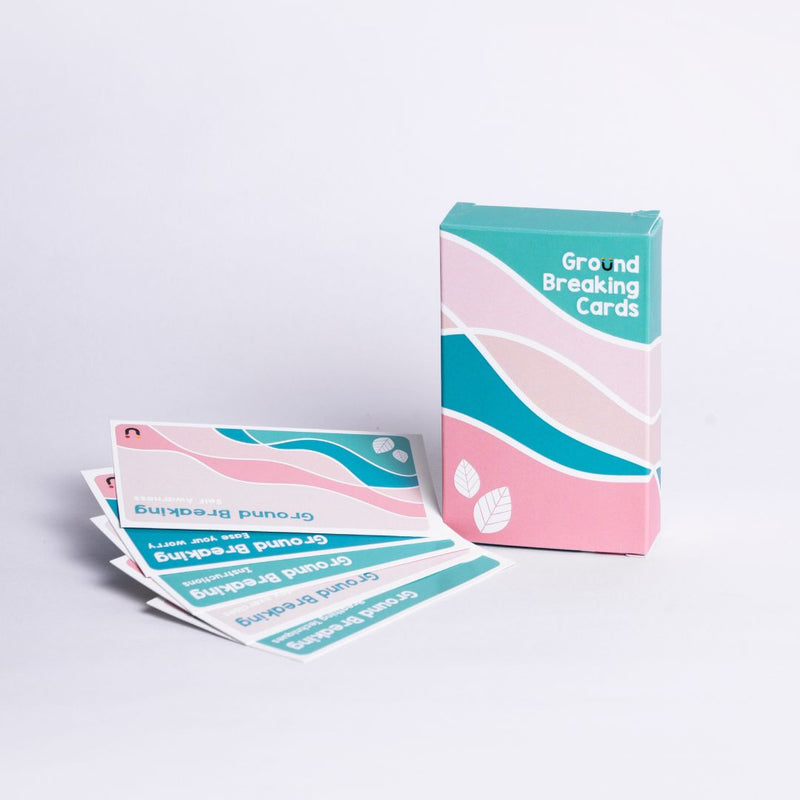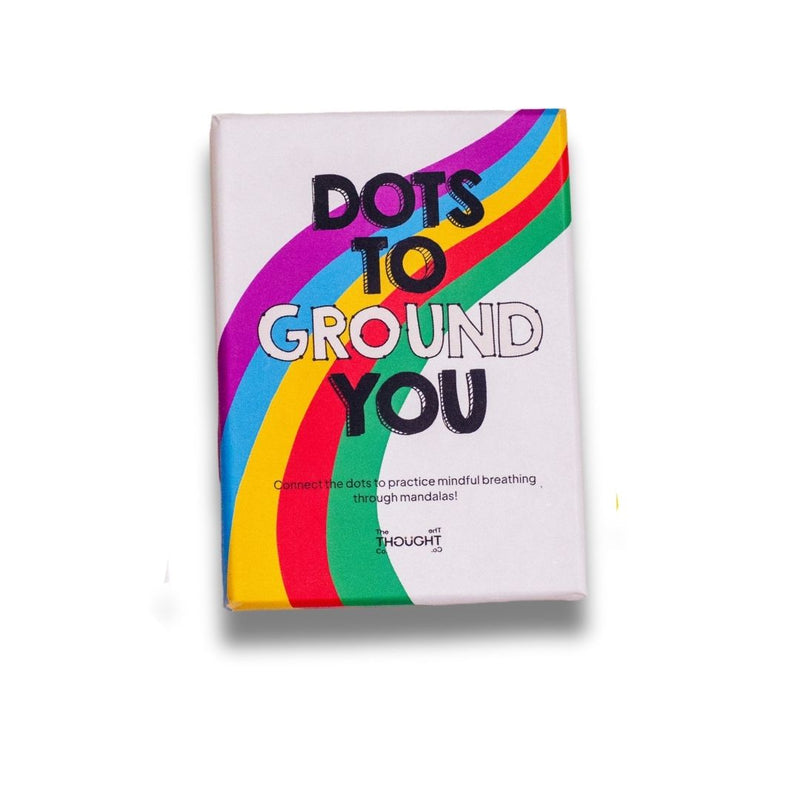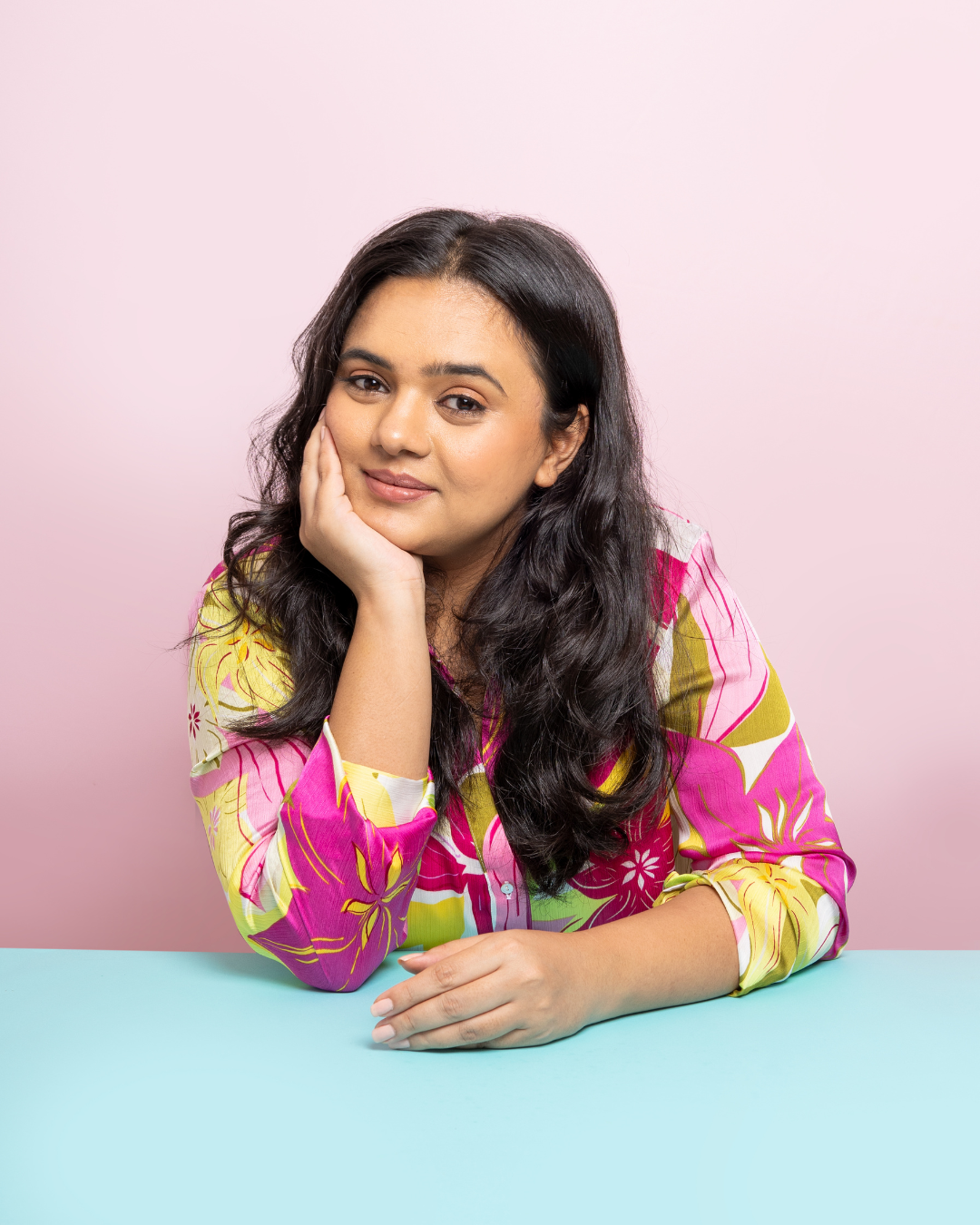I never found a grief tool that spoke to an Indian context until this. The prompts were honest, the tone was warm and I finally felt seen.
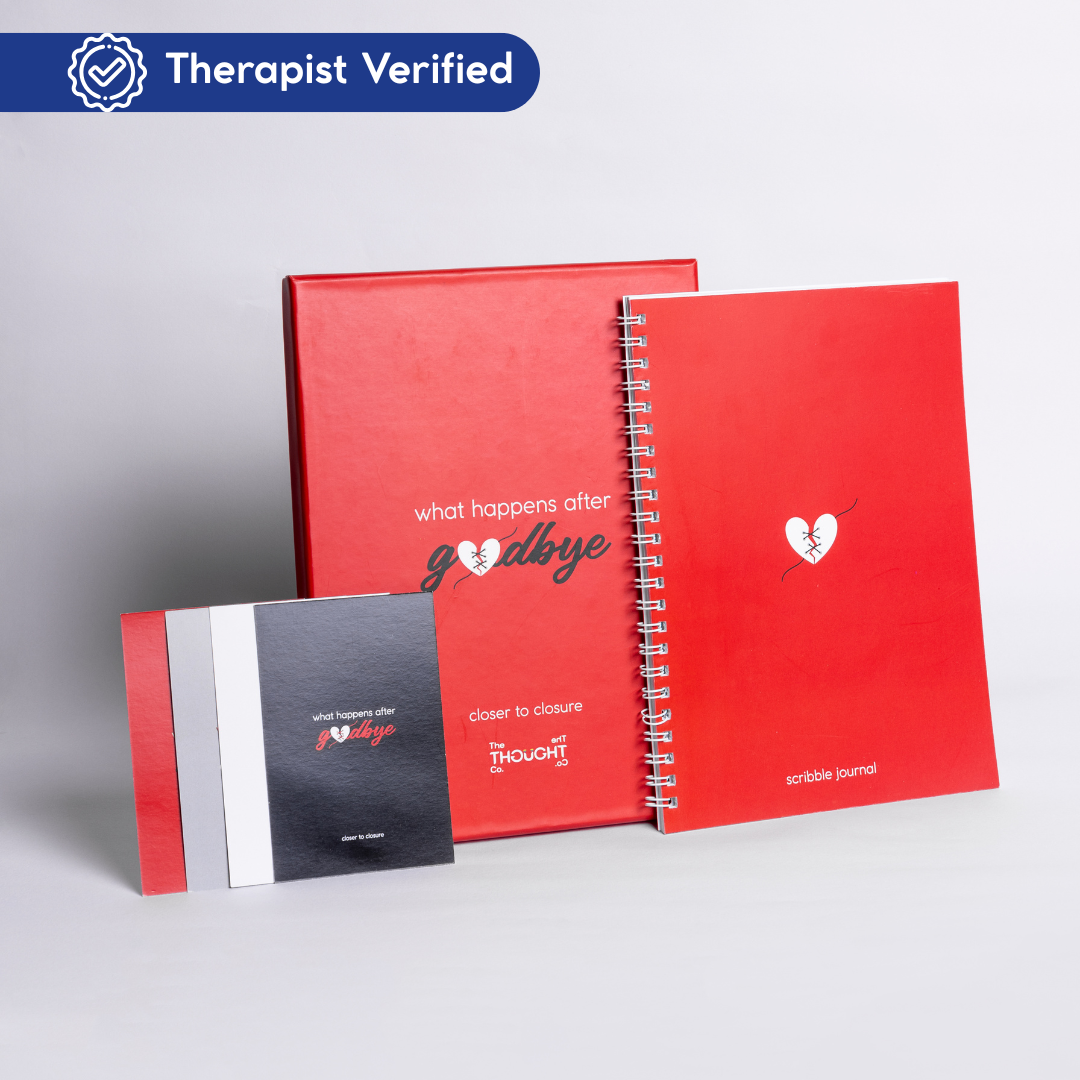
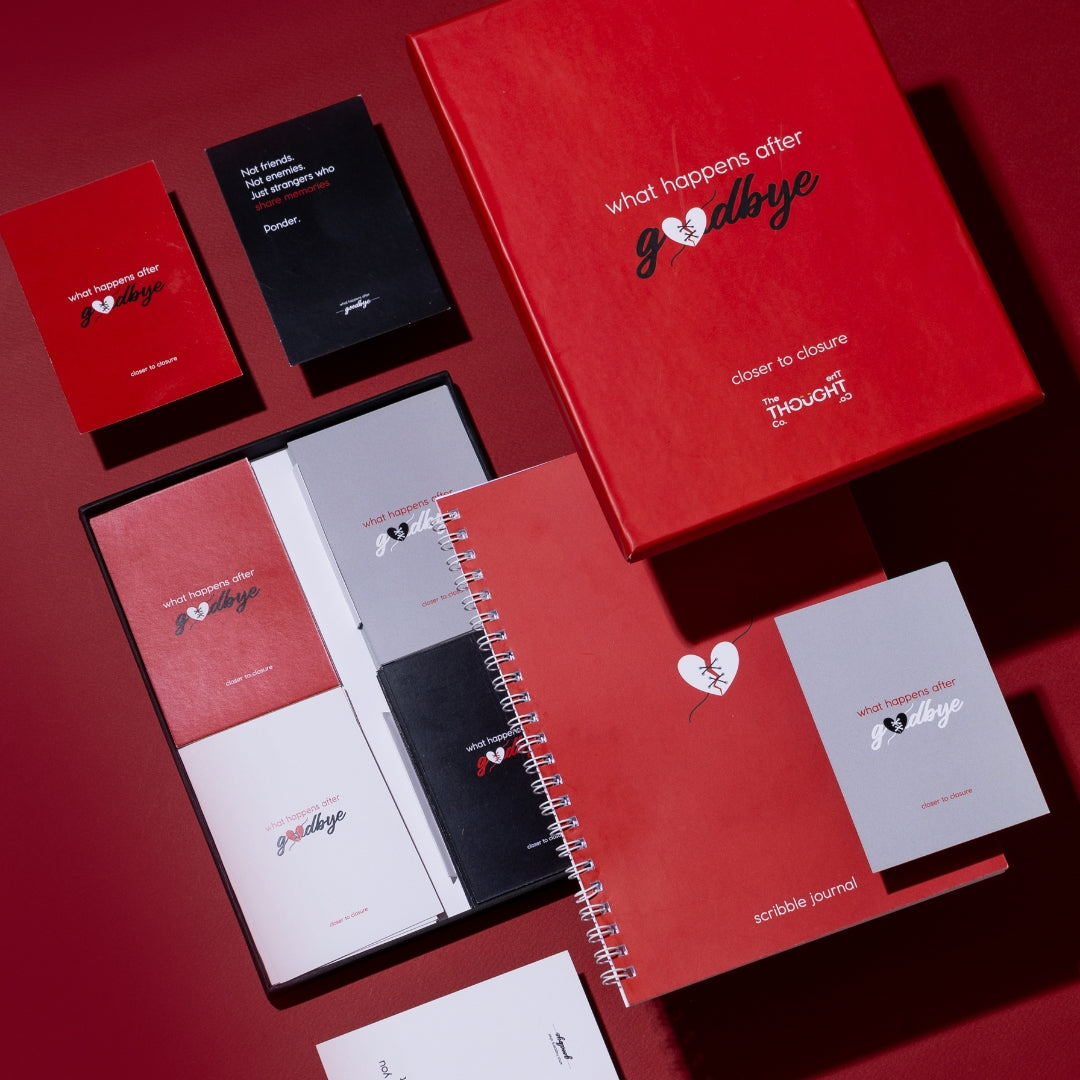
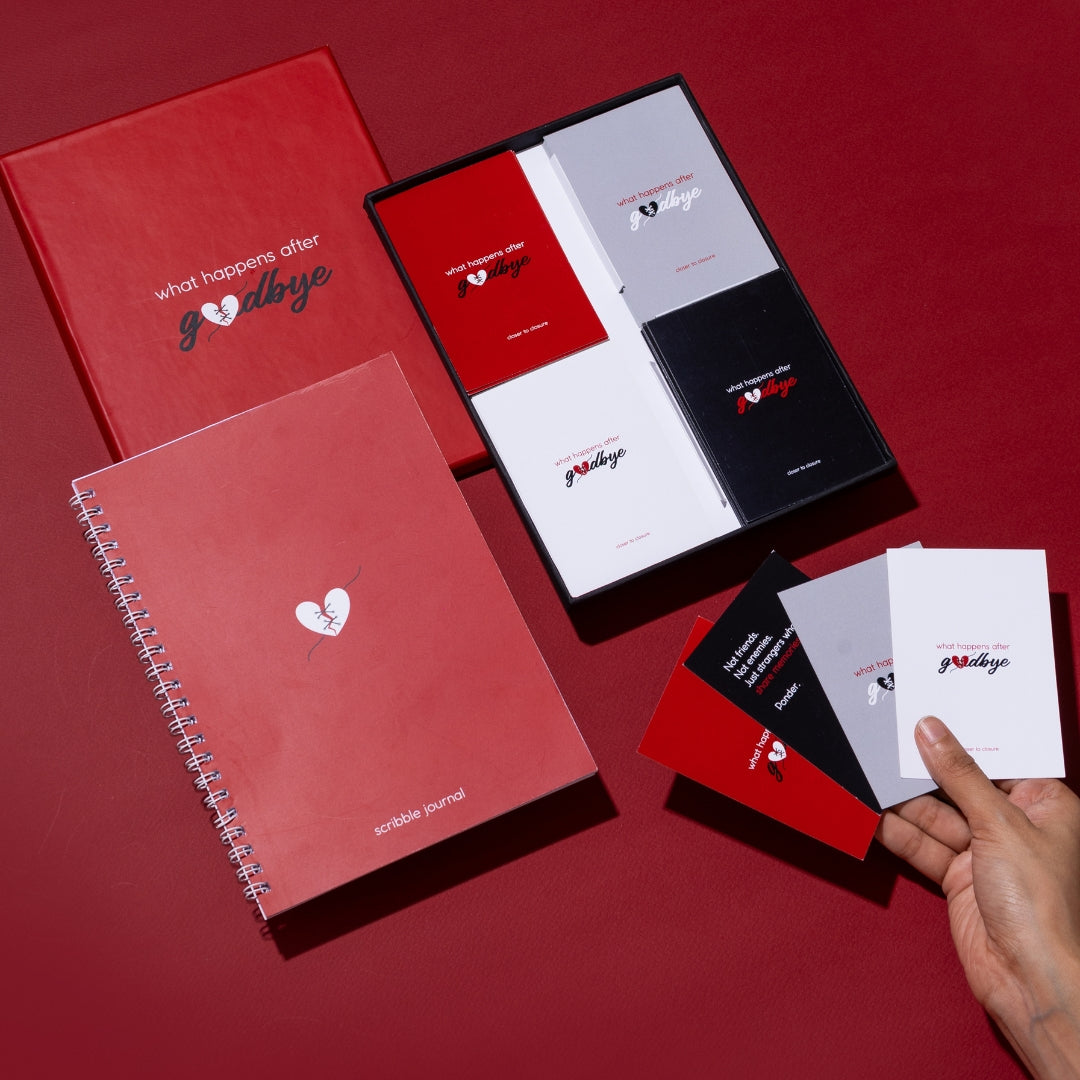
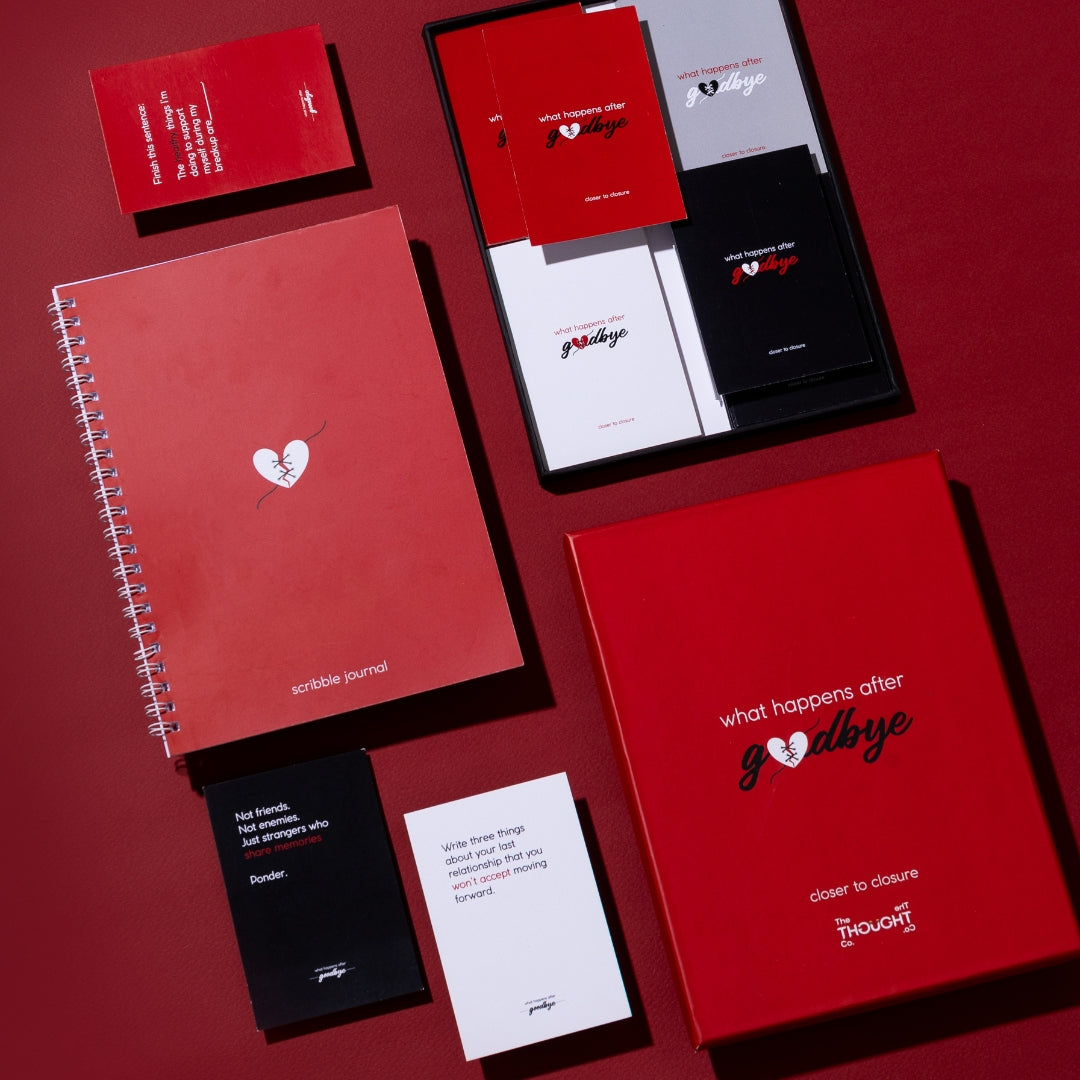
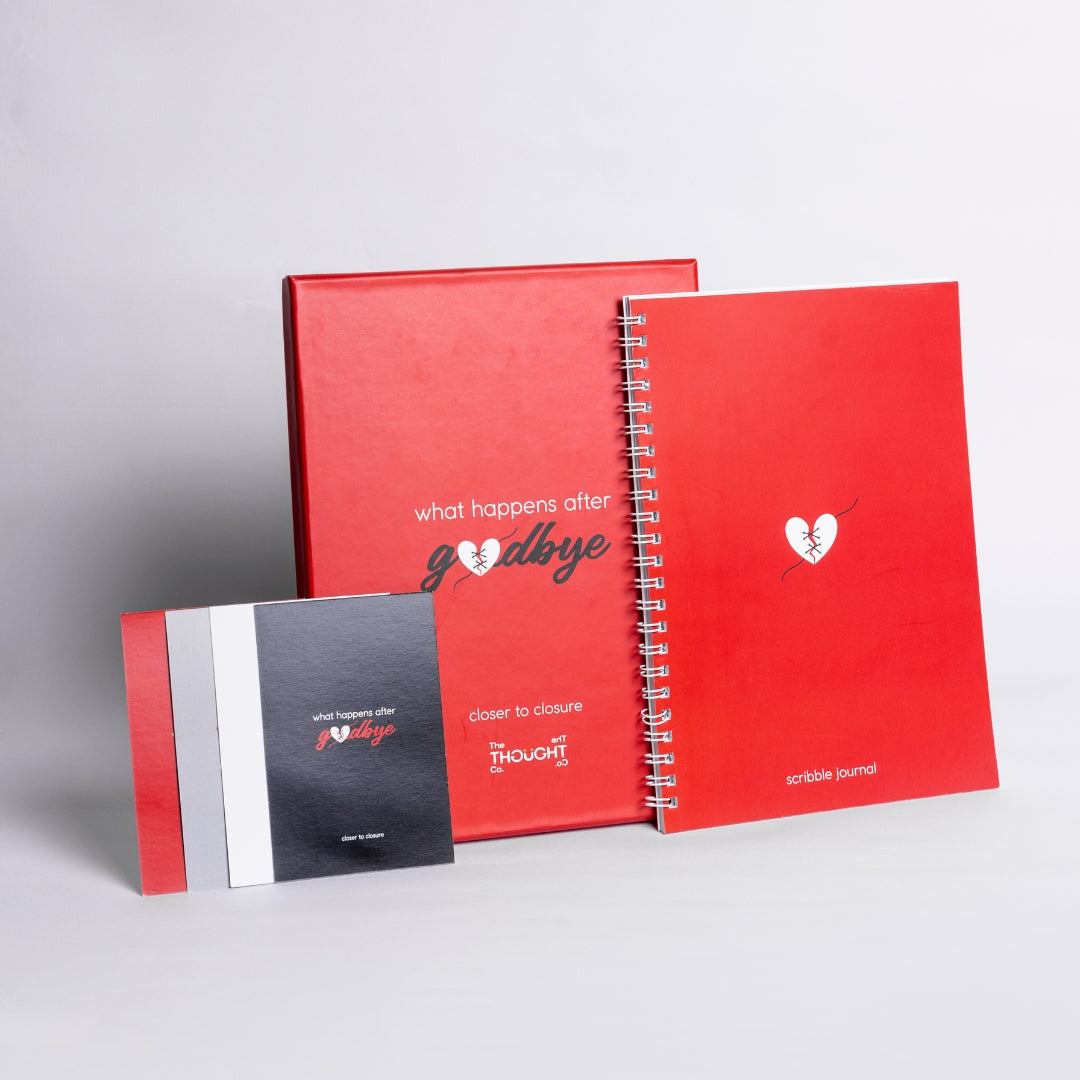
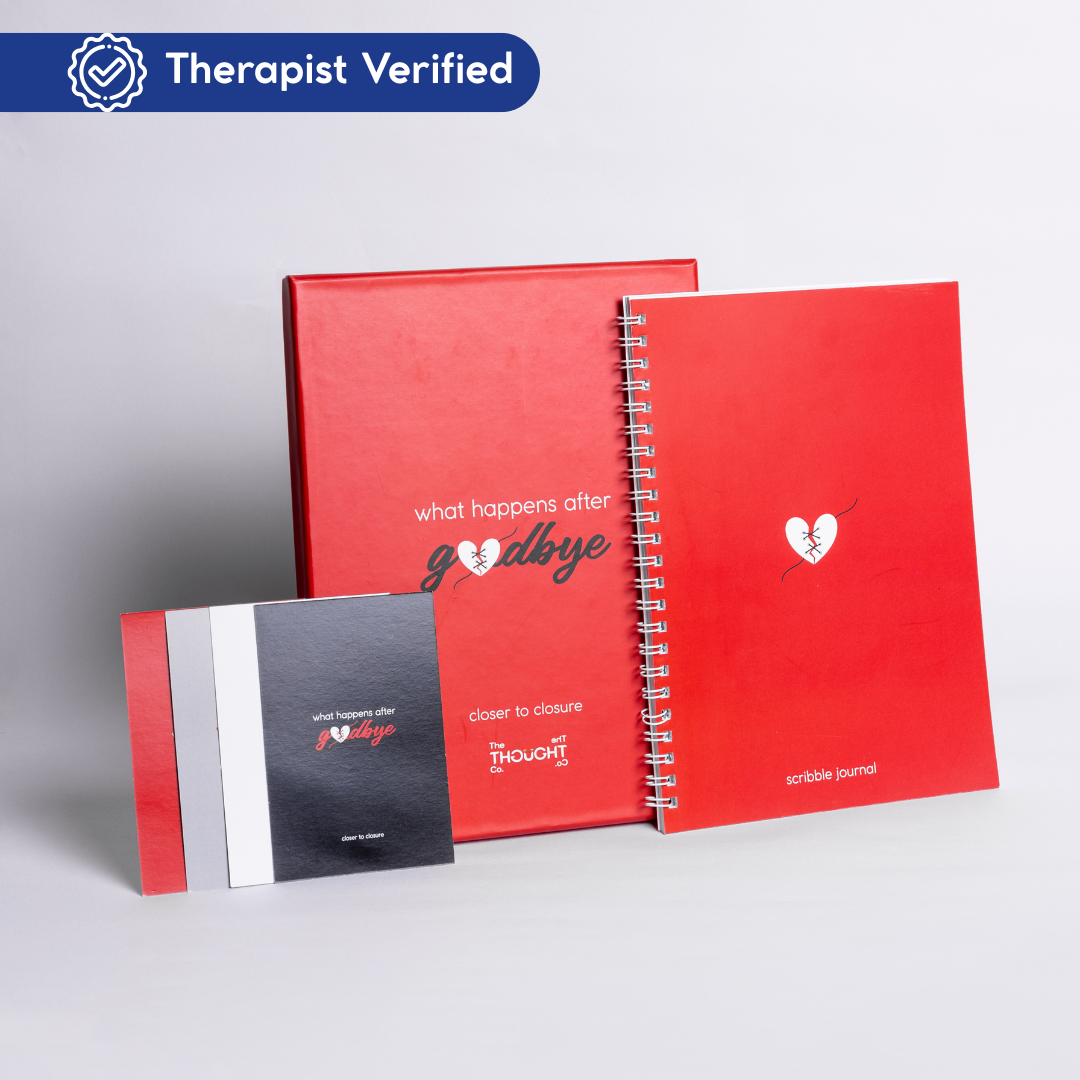
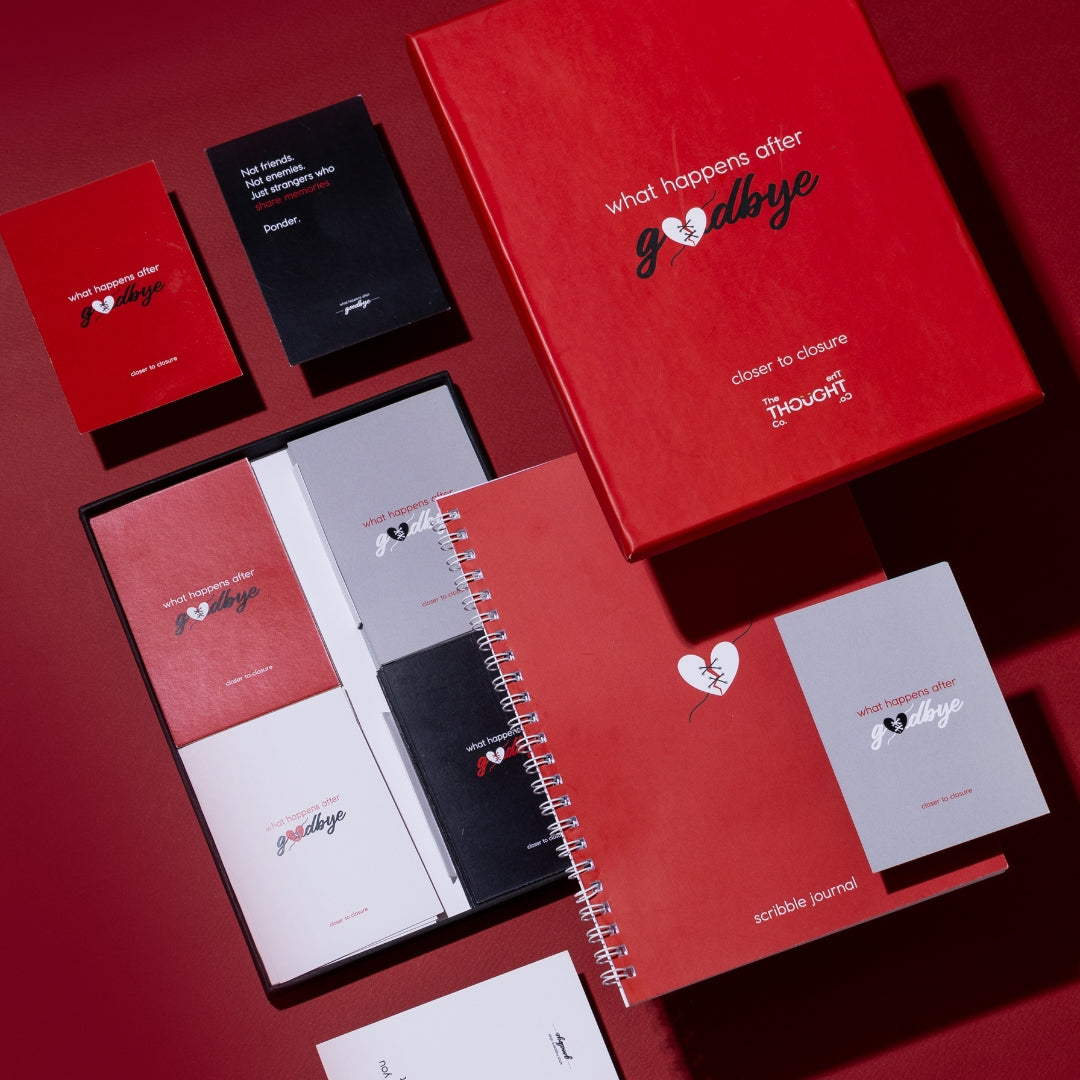
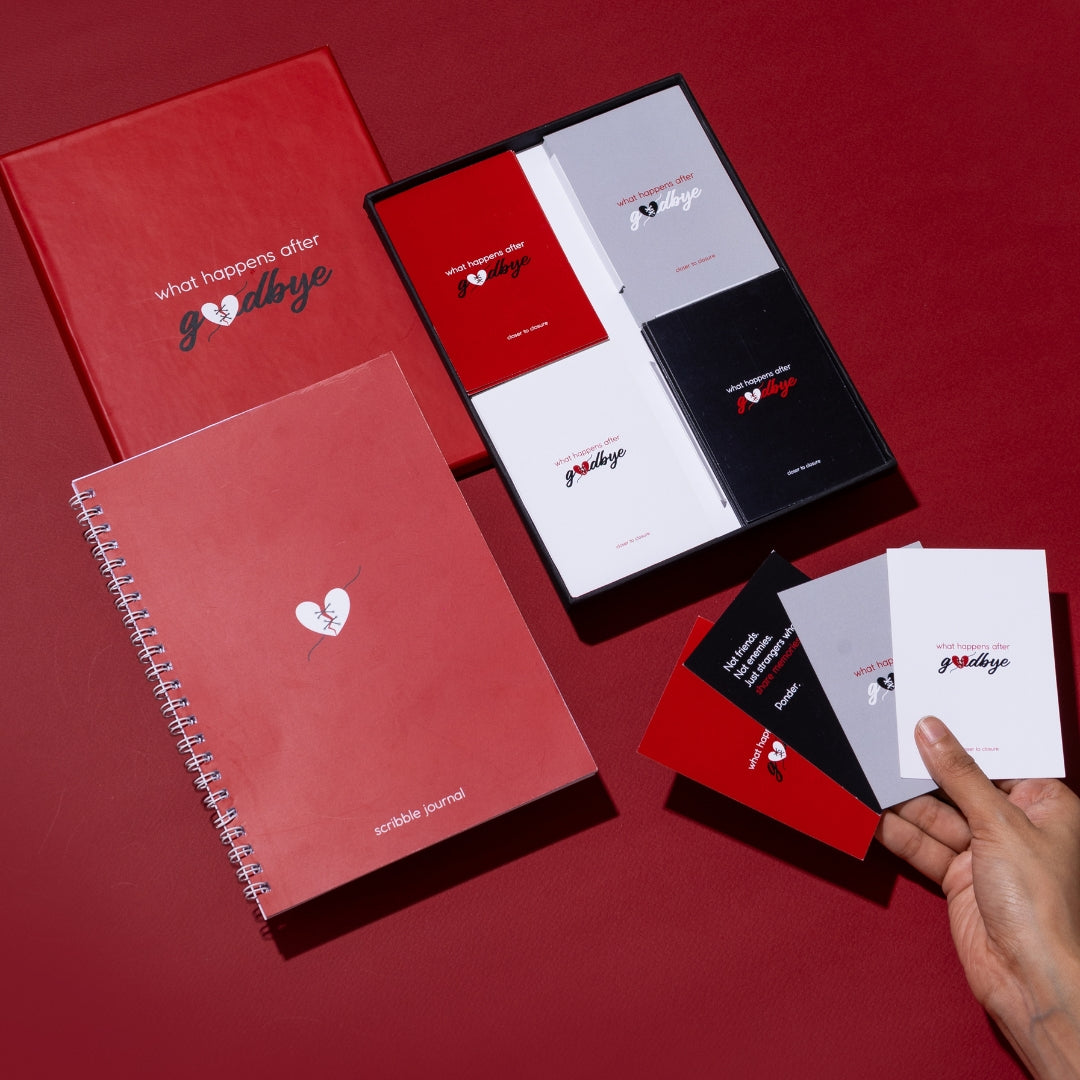
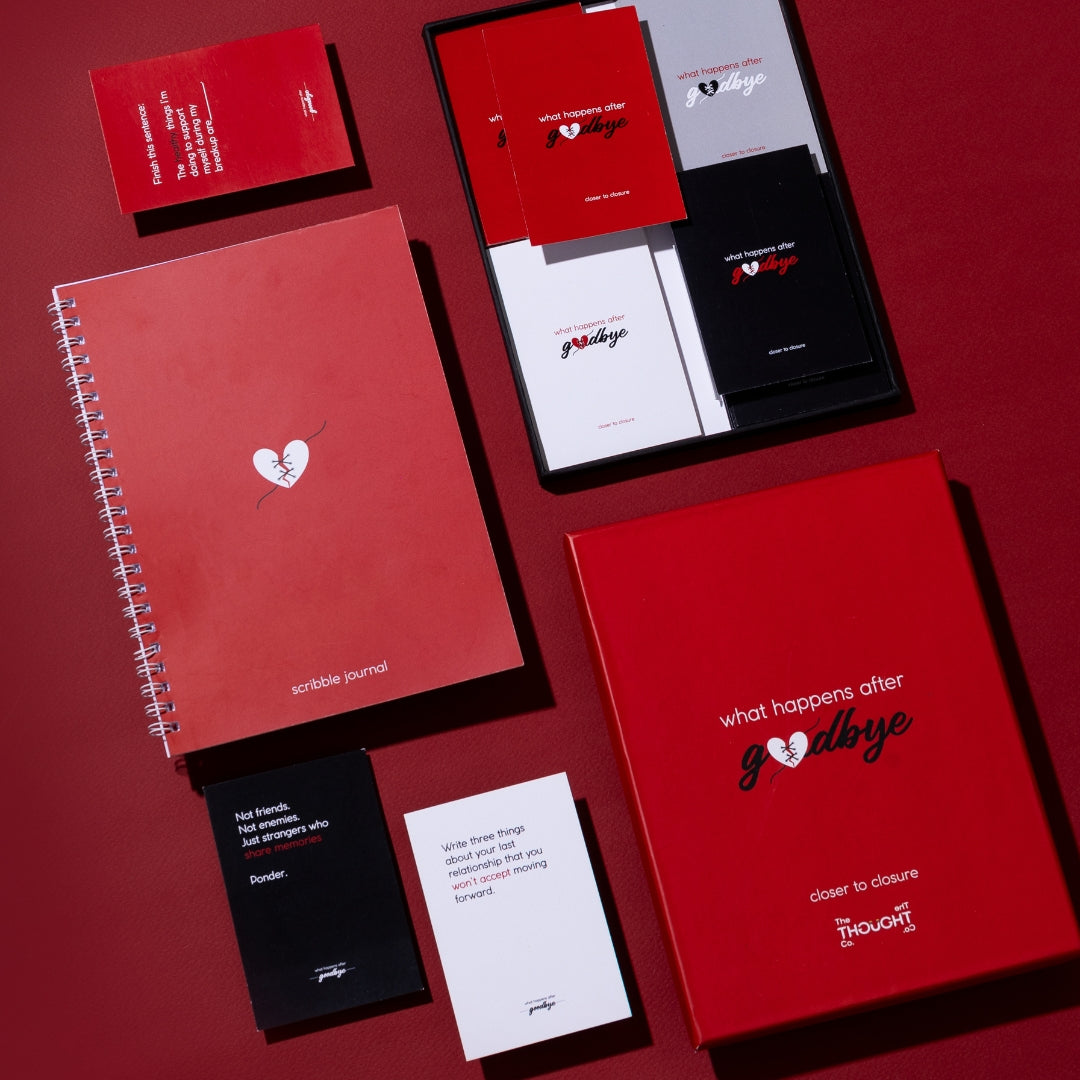
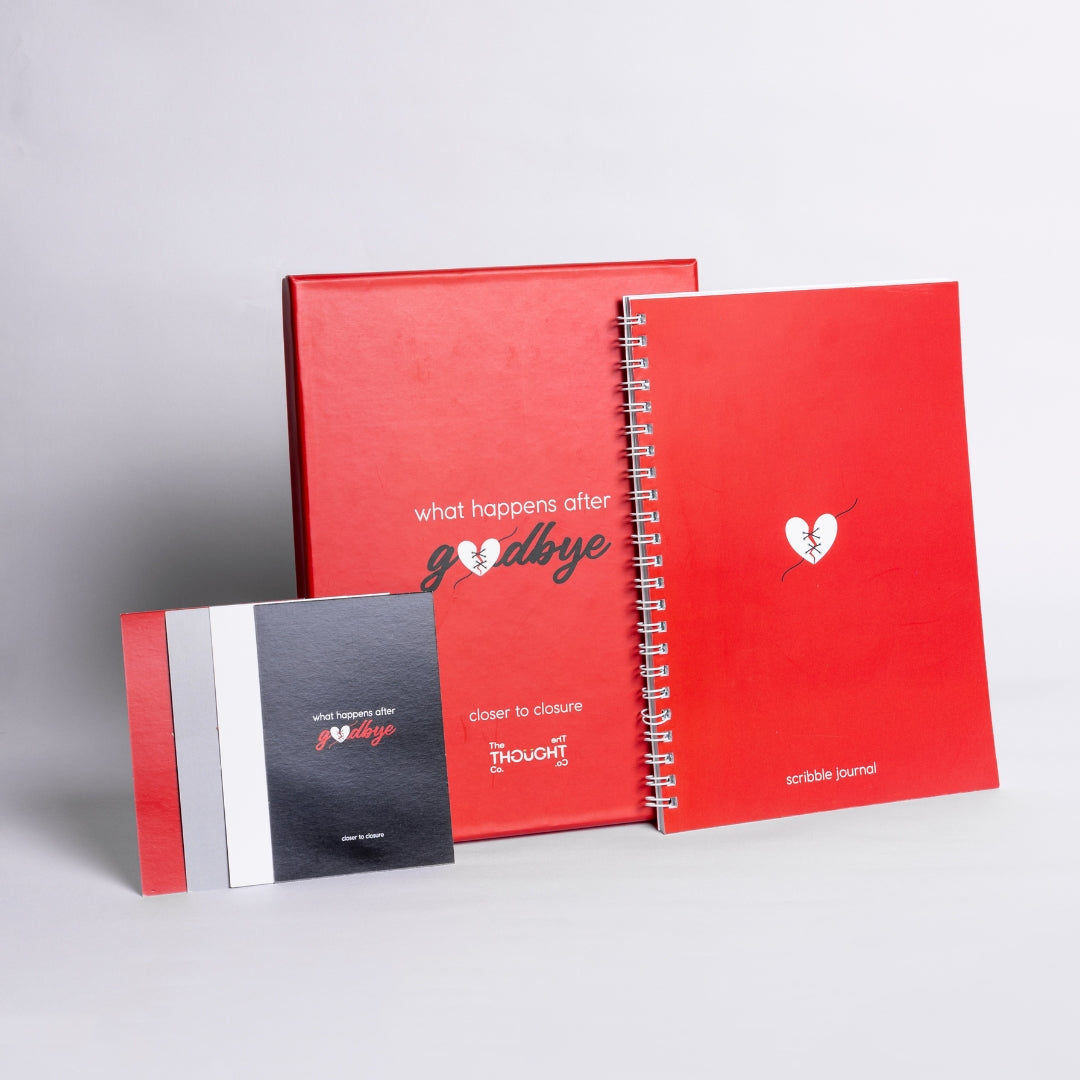
Real grief doesn’t end like a movie—it changes shape.
You might feel like you’re expected to “bounce back” or “be grateful”—but inside you may still carry the ache, the question, the silent “why now”. This deck of cards acknowledges that truth: yes, the goodbye happened; yes, you feel un-anchored; and yes, part of you is still searching. It won’t rush you. It won’t pretend everything will be simple again. Instead, it gives you permission to pause, to hold your emotions gently, and to re-enter life on your terms.It’s okay if you write one line and close the journal. It’s okay if you skip a week and return. What matters is that you keep returning to you. Because the most courageous act after loss is this: staying in the room with yourself, even when the silence feels loud.
You’re not broken. You’re becoming.This is your map back to you.1What's inside
2How to use
3Why it works
4Good to know
This Emotional Wellness Tool Helps You:
Practical, psychologist-designed ways to feel grounded and clear.
Loved by thoughtful humans
I’m not a big ‘journalling’ person—but the CBT exercises through journaling helped me shift from self-blame (“I should be over this”) to self-care.
After my breakup I felt invisible. Working through the rituals reminded me that I still exist, beyond the relationship.
I use it alongside sessions with my therapist. The monthly check-in tool helped me notice patterns I’d missed between appointments.
In Mumbai’s 24/7 rush, the mindfulness pages offered 5-minute pockets of calm. Thank you for making this.
FAQs
Common questions about confidentiality, setup speed, and formats.
Is this journal only for bereavement?
Not at all. While it covers death and loss of a loved one, it is equally suited for endings such as relationship break-ups, job identity loss, migration, or any major life chapter that ended.
We initially conceptualised this for break-ups but research and experience showed us that the end of the emotional intensity experienced with the end of a relationship is similar
Do I need a therapist to use this?
No. It’s self-guided and thoughtfully designed for independent use. That said, if you are in therapy, the journal can complement your sessions very well.
It can serve as a companion in your therapeutic journey.
How long does it take to complete?
he structure spans approximately 8–10 weeks if you use it regularly (3 sessions/week), but there’s no strict deadline. Go at your pace.
You decide the pace. It's your journey.
Is it culturally relevant for India?
Yes. The language, references, and resource list have been localised for Indian emotional-wellness contexts while maintaining a globally informed therapeutic foundation.
We embrace our desi-ness and recognise we need to contextualise emotional care for ourselves.
